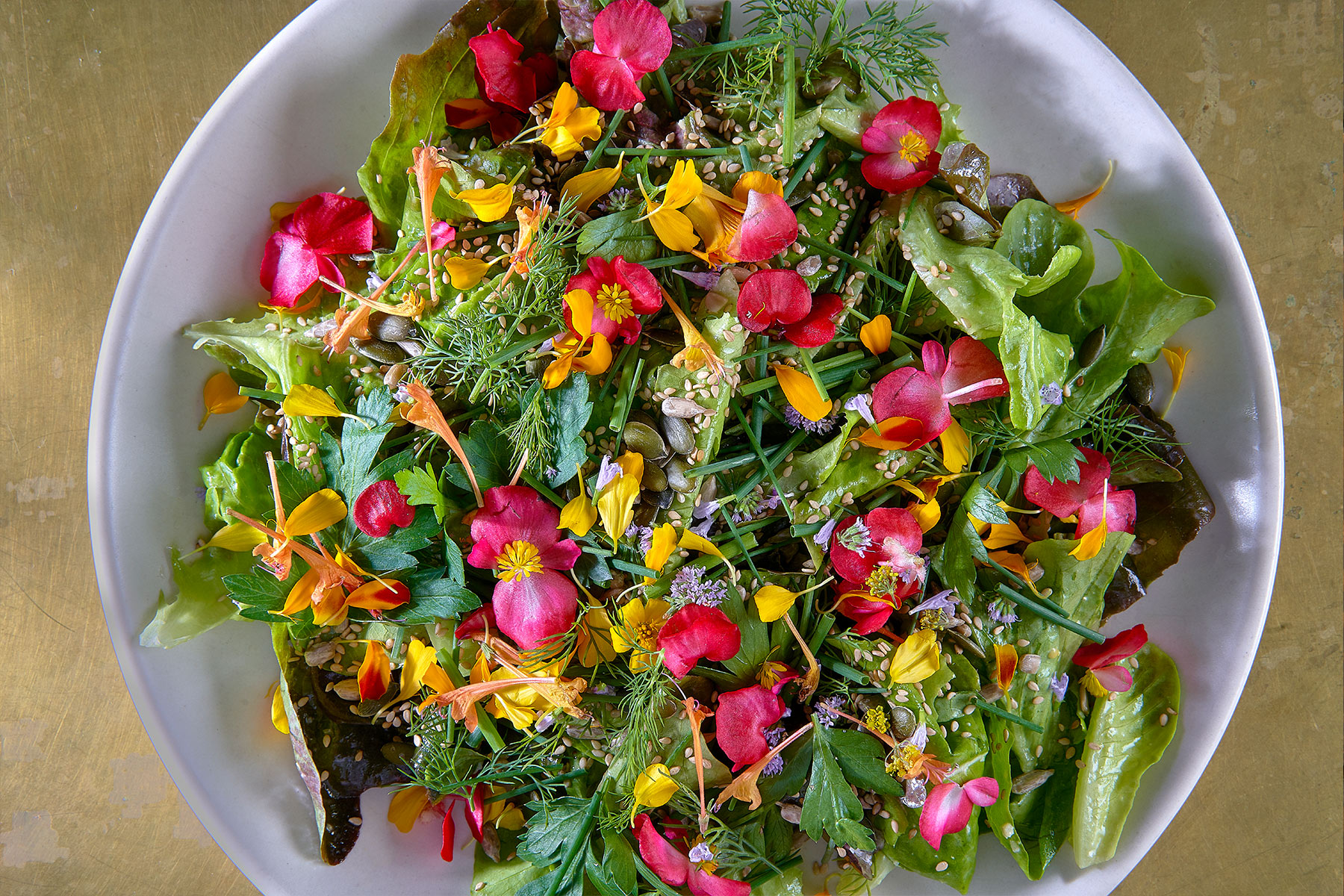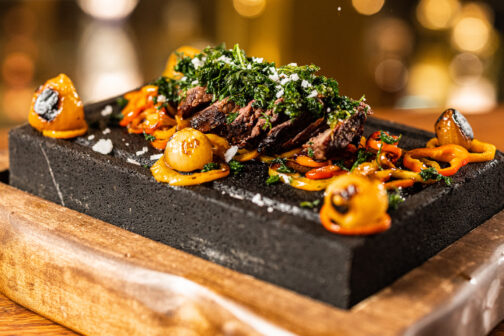The sudden closure of acclaimed, beloved Oak Lawn restaurant Homewood has cast a pall over the Dallas dining scene (and over our upcoming release of a new 50 Best Restaurants list). I’ve gotten more sad emails and messages from loyal Homewood diners than for any other restaurant closure since the height of coronavirus.
It’s no mystery why customers are upset: Homewood was an independent-minded, creative restaurant that didn’t adhere to the Dallas food clichés. It didn’t serve a burger. It wasn’t a steakhouse. It didn’t have a jock-bro vibe. It reminded you that “chef-driven” meant something before the phrase became marketing jargon.
When people mourn the loss of Homewood, they’re really mourning the possibility of something bigger: that Dallas is slip-sliding its way back to the chain-dominated, corporate, safe, uninteresting food scene we had a few years ago. As news outlets publish word of a new steakhouse or “vibe dining” spot seemingly every week, the creative underdogs—Homewood, Khao Noodle Shop, Modest Rogers, Salaryman—are forced to close because of finances or other outlying factors.
Is it time for existential panic about the future of boundary-pushing, risk-taking, ultra-seasonal food in Dallas? I don’t think so. (See: Petra and the Beast, Meridian, Revolver Gastro Cantina, Rye, Cry Wolf, Quarter Acre, El Carlos Elegante, Ayahuasca Cantina, Mot Hai Ba.)
Running a super-seasonal restaurant is always harder than running a “safe” one. There are plenty of practical reasons that a restaurant like Homewood is harder to run than a restaurant like Nick & Sam’s.
Last year, Tanner Agar, one of the owners of Rye, explained this to me in an elegant way. (He did so for a new column series we’ll be launching in a few weeks.) I’ll try to paraphrase his explanation here.

Say you run a restaurant. For the moment, let’s simplify the budget by taking out rent, utilities, repairs, credit card fees, and so on. Pretend that your only expenses are ingredients and labor: the food and the people who make it. It’s not realistic, of course, but it can still be educational.
What Agar showed me is that even if your total cost remains the same, you can adjust the character of your restaurant by changing the ratio of food cost to labor cost. You could buy premium ingredients like caviar and Wagyu beef, then hire cheap, inexperienced workers to prepare them. Or, for a similar price, you could hire super-experienced cooks and have them do amazing, time-consuming things with simple ingredients like tomatoes.
Personally, I would rather support an amazing chef who spends hours jazzing up tomatoes than a generic kitchen that puts foie gras on tenderloin. That’s why I loved Homewood, where chef Matt McCallister’s team did crazy, elaborate things with ultra-local produce. Many of the people lamenting Homewood’s closure agree with me.
But that business model has at least six real disadvantages compared to the put-a-truffle-on-it approach. First: the freshest produce changes constantly, which means your menu will change constantly. Customers can’t order “the usual.” Developing new recipes takes time and money, and you’ll constantly train cooks on something new, rather than perfecting a steak-and-sauce assembly line.
Second, and especially when you’re dealing with seasonal changes, consistency is important. If your menu always changes, you’ll feel pressure to keep diners’ trust. That’s incredibly hard. Heck, even executing the same menu over and over is hard. Why make it more challenging?
Third, building a restaurant on great labor is risky because people quit jobs. They get offered raises, get bored, look for better benefits, or move out of town. They also suffer injuries, have children, and leave the industry. A steady supply of luxury ingredients is easier to secure than a steady supply of great cooks.
Fourth, doing more elaborate cooking with more basic ingredients is harder work. At the most extreme end, you risk becoming like Noma, which cannot afford the labor it requires.
Now let’s consider a restaurant’s relationship with its audience. Customers generally know the cost of common foods. If I pay $30 for the carrot dish on Quarter Acre’s menu right now, I will look for astonishing technique and flavor, because I know the price of carrots. But if I pay for caviar service, I’m less aware of whether it is a “deal,” because I don’t buy caviar.
Finally, some dishes are easier to sell than others, for servers or even among friends. If I tell you I had an incredible, juicy, greasy cheeseburger, you’ll ask where. But if I start telling you about a restaurant that prepares leeks four different ways for one dish, your eyes might glaze over the way mine do when people plan their fantasy football teams.
We just came up with six reasons why a simple, never-changing luxury restaurant is a more reliable business proposition than one like Homewood or Khao Noodle Shop. And we didn’t once fault the economic climate or the audience. We didn’t blame the “fickle 500” or the bling-obsessed. We didn’t rope “Dallas culture” into it.
The truly season-driven, chef-led, creative-minded restaurant is always a tightrope walk. It’s a tightrope walk in any city at any time. We should always be worried about their futures.
All the more reason to support them in Dallas at the present day. Try some veggie “textures” at Petra, indulge in sauerkraut cake at Rye, grab a funky pasta at Cry Wolf, and order quail enchiladas at Revolver. The restaurant business is hard. The best restaurants always have it harder.
Author







